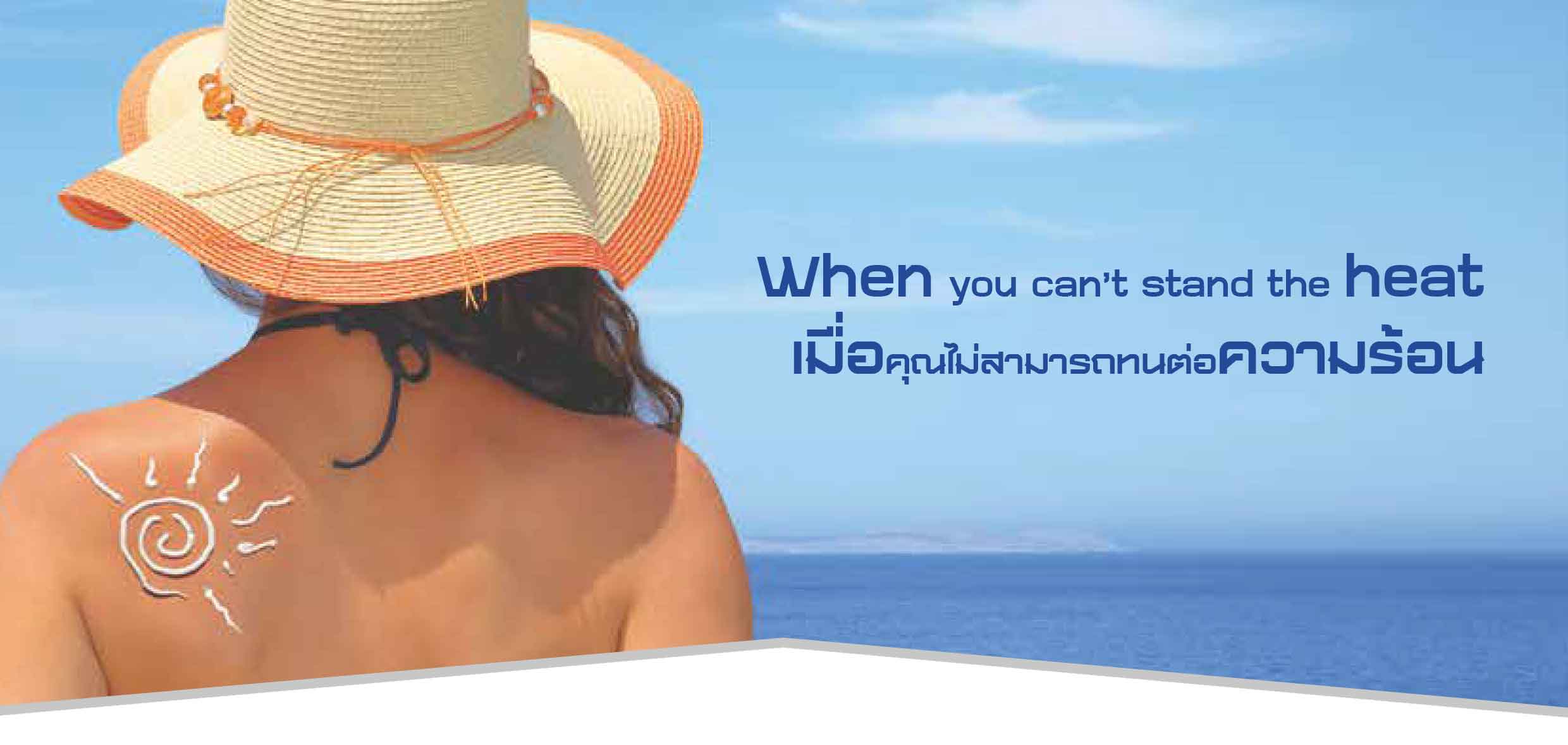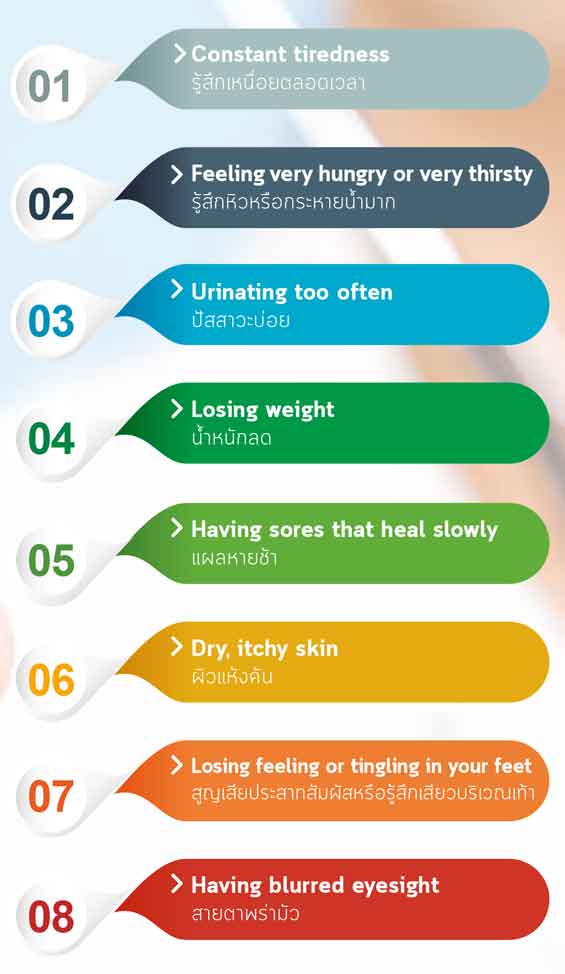
Improving your health and preventing sickness
How harmful are sugary drinks?
Every day children, teens and adults alike consume sugary drinks, adding hundreds of calories to their diets. Research has shown that cutting down to one sugary drink per day can significantly reduce the risk of obesity, Type 2 diabetes and cardiovascular disease.
The World Health Organization recommends children and adults should limit their added sugar intake to less than ten percent of their total calories. One twenty ounce soda contains fifteen to eighteen teaspoons of sugar, and up to two hundred and forty extra calories. A single sugary drink exceeds the ten percent added sugar recommendation for an average adult on a two thousand calorie diet.
Sodas and energy drinks aren’t the only beverages to beware of. Coffee drinks often contain more sugar than the average glass of cola.
False economy…?
George Burton, a former fireman from Australia often worried about his ability to pay for treatment should he become ill. He could afford the premiums but did not proceed with health insurance cover as he thought there may be other more urgent financial requirements. This year he received an unexpected surprise in the form of over 1,500,000 baht, bequeathed to him following a family bereavement. Having already retired to live in the north east of Thailand, he decided to take a one month holiday at Jomtien beach. He was planning a celebration of epic proportions when another surprise followed in the form of irritation and painful discomfort in his left eye, later found to be a detached retina. 500,000 Thai Baht later, three operations involving laser surgery, plus other expenses such as several check-ups and further consultation fees at an international Pattaya hospital effectively grounded him for three months as he was unable to travel because of his inability to see properly. He also had to source, and pay for accommodation. He has estimated his total financial expenditure so far to be in excess of 700,000 Baht. Now able to travel, he is considering having a further examination at home in Melbourne, Australia, where he feels further surgery may be required. Obviously, his inheritance has suffered a severe blow, but he now wonders how he would have managed without it. One thing he has realized, of course, is that he cannot cope with other such unforeseen events in the future should he remain uninsured…

When you can’t stand the heat…
Long summer days mean hot weather and the need for carefully applied sun protection.
Sunscreen protects our skin by either physically deflecting UV rays’ active ingredients, or chemically with carbon-based compounds. When choosing a sunscreen we must compare application methods, the SPF (sun protection factor,) and the active ingredients.
Sprays are convenient to put on, especially when we’re wet, but be sure to apply a thick enough layer to enable full protection, and take care as inhaling spray chemicals may also expose you to several health risks.
A bottle of lotion with an SPF of at least 15 is recommended, although 30 is better. SPF 15 blocks 93 percent of UVB rays, SPF 30 blocks 97 percent, and SPF 50 blocks 98 percent. Remember, when, where, and how you spend your time in the sun will determine how much time you have before you start to burn.
Sun protection factor measures a sunscreen’s ability to filter UVB rays, linked to sunburn and skin cancer. However, SPF only measures UVB rays, and doesn’t protect from you UVA rays. Unlike UVB, UVA is not filtered by ozone and doesn’t cause sunburn, but can lead to darkening and aging because of its ability to penetrate deeper into the skin. A way to determine whether your sunscreen protects against UVA rays is to check if it includes the words “broad spectrum” – the most important thing to look for on a sunscreen label. Taking the time to read the label could make a difference between getting a tan and getting sunburn. When reading a lotion label, remember SPF is on the front, and on the back are the active ingredients such as zinc oxide, or titanium dioxide, and carbon-based chemicals.
Diabetes, a brief explanation…
Diabetes is a condition that prevents the body from using energy from food. It occurs when the pancreas does not produce insulin, or does produce insulin but it is resisted by the body.
Most of us have heard of diabetes, but don’t know exactly what it is. When we eat food, it is broken down in glucose or sugar. Even though health experts may advise against having too much sugar in the diet, you do need some glucose to help control your metabolism and provide energy.
During digestion, glucose moves through the body via the bloodstream to feed your cells. To be able to transfer the blood sugar into the cells, your body requires insulin, which is made by the pancreas and released into the bloodstream. The problems begin when you have too much blood sugar in your body compared to the amount of insulin your pancreas is providing.
If you’re body is not making enough insulin to keep up with the amount of sugar in your bloodstream, or if your body is having trouble producing insulin, the glucose in the blood remains there and causes blood sugar levels to elevate. If it continues, even after controlling your diet, you may well develop diabetes.
Symptoms of Type 1 Diabetes


